Medical news on September 11: Warning about cardiovascular disease in the community
In 2010, the rate of chronic cardiovascular disease in adults in Vietnam was 4%, equivalent to 3.4 million people. By 2020, this number had increased to nearly 8%, equivalent to more than 7 million people, double that of a decade ago.
Cardiovascular disease warning in the community
According to experts, the cause of this increase comes from many factors such as sedentary lifestyle, unhealthy diet, increased obesity, high blood pressure, and diabetes.
In addition, the increase in average life expectancy and increasing life pressure also contribute to the increased risk of cardiovascular disease.
 |
| Illustration photo. |
According to Dr. Duong Hong Nien, Head of the Cardiology Department, Hospital 19-8, following the general trend, the rate of people with cardiovascular diseases coming to the hospital for examination and treatment is increasing.
Every day, the clinic receives 200-300 patients with various diseases, mainly hypertension, acute and chronic coronary syndrome.
Notably, among the cases of myocardial infarction admitted to the emergency room, there were cases in their early 20s. This shows that cardiovascular diseases are becoming increasingly younger, especially diseases such as hypertension and metabolic disorders.
According to experts, thanks to investment in modern equipment such as vascular intervention machines, arrhythmia cauterization devices, pacemakers, etc., the Department has been able to provide timely emergency care to many serious cases without having to transfer them to higher levels. For over 10 years, the Department has also implemented vascular intervention techniques.
Warning of the risk of histamine poisoning from marine fish
Dr. Nguyen Trung Nguyen, Director of the Poison Control Center, Bach Mai Hospital, said that recently, the unit has received cases of histamine poisoning due to eating frozen seafood that is no longer fresh. Because histamine is stable to heat, it can still cause poisoning when cooked.
Fresh seafood does not cause histamine poisoning, histamine is only produced in dead seafood. In clean seafood, the histamine content is less than 1mg/100g of meat, when the content is over 50mg/100g of seafood meat, it can cause poisoning.
When seafood dies, in conditions where it is not stored cold enough from the beginning, bacteria on the seafood convert the seafood meat into histamine, over time the amount of histamine accumulates and increases, leading to poisoning for those who eat it. In fact, many types of seafood such as tuna, mackerel, dried shrimp, dried prawns, if not properly preserved, can also cause histamine poisoning for those who eat it.
According to Dr. Nguyen Trung Nguyen, symptoms of histamine poisoning in seafood range from a few minutes to 4 hours after eating. Victims often experience headaches, red skin, itching, hot flashes, and discomfort.
Redness of the skin is usually concentrated in the upper half of the body (head, chest and part of the abdomen), swelling of the face or tongue, lips, conjunctival congestion, nausea, abdominal pain, diarrhea, possible bronchospasm, difficulty breathing, palpitations, rapid pulse, low blood pressure. Poisoning usually lasts from 12 to 48 hours. If treated, the patient will improve within a few hours.
The Food Safety Department, Ministry of Health said that since the beginning of 2024, there have been many cases of poisoning in collective kitchens across the country, causing many people to be sick and hospitalized. Notably, there have recently been 2 cases of food poisoning caused by Histamine in fish in Nghe An and Hai Phong.
According to the Food Safety Department, histamine is found in many types of red-fleshed fish: tuna, mackerel, salmon, swordfish, silver pomfret, herring, sardines, etc. When fish spoils, bacteria grow rapidly, promoting the production of histamine, a substance that is toxic to the body. Histamine has heat-resistant properties and is not even destroyed when fish is cooked.
Symptoms of histamine poisoning usually occur quickly, from 1 to several hours after eating. Therefore, the Food Safety Department recommends that people monitor and detect early signs of allergies after eating sea fish from 1 to several hours.
Medical facilities should provide timely advice to patients to avoid psychological anxiety and panic. If people are poisoned by histamine, they should be taken to a medical facility for emergency treatment.
200,000 children born thanks to assisted reproduction
Vietnam has recorded about 200,000 births in 26 years thanks to assisted reproductive techniques, the number of hospitals treating infertility is increasing and the success rate is increasing.
According to Mr. Dinh Anh Tuan, Director of the Department of Maternal and Child Health (Ministry of Health), the field of assisted reproduction, especially in vitro fertilization (IVF), requires high technical skills. Vietnam is 15 years behind the world in assisted reproduction. In 1998, the first Vietnamese babies were born through IVF at Tu Du Hospital.
From the first few facilities, Vietnam has developed about 60 reproductive support facilities nationwide. The success rate of treatment has increased from 10-20% to 40-50%, with some facilities reaching 70%. Up to now, doctors have mastered modern reproductive support techniques in the world, performing in vitro fertilization (IVM), intrauterine insemination (IUI), intracytoplasmic sperm injection (ICSI)...
Currently, some facilities use time-lapse technology integrated with artificial intelligence (AI) to monitor embryo development, bringing safety and high quality to patients. There are places that apply information technology and biometrics in management to avoid errors, confusion, fraud, and crime in assisted reproduction.
When information technology was not yet developed, most facilities identified patients by ID cards and marriage certificates. Now, most places identify customers by chip-embedded ID cards, identification codes, VNeID applications, electronic medical records, iris and fingerprint identification, etc.
According to Mr. Tuan, a major challenge in the field of assisted reproduction is that the cost of infertility treatment in Vietnam is lower than the world but still high compared to the income of the majority of people, and is not covered by health insurance, making it impossible for many couples to access. For the majority of workers, the cost of treatment is still too heavy a burden, with the amount of tens, even hundreds of millions of VND per case.
Experts expect that in the near future, Vietnam will have changes in policies and health insurance coverage like many European countries and some Asian countries. This will help many couples who want to have children have the opportunity to access treatment, in the context of our country's increasingly low birth rate.
The World Health Organization (WHO) predicts that infertility and sterility will be the third most dangerous disease, after cancer and cardiovascular disease, in the 21st century. WHO statistics also show that Vietnam is one of the countries in the Asia-Pacific region with the lowest birth rate and highest infertility rate in the world.


![[Photo] Prime Minister Pham Minh Chinh receives delegation of leaders of US universities](https://vstatic.vietnam.vn/vietnam/resource/IMAGE/2025/3/31/8be7f6be90624512b385fd1690124eaa)

![[Photo] Speeding up construction of Ring Road 3 and Bien Hoa-Vung Tau Expressway](https://vstatic.vietnam.vn/vietnam/resource/IMAGE/2025/3/31/f1431fbe7d604caba041f84a718ccef7)
![[Photo] 2nd Conference of the Party Executive Committee of Central Party Agencies](https://vstatic.vietnam.vn/vietnam/resource/IMAGE/2025/3/31/8f85b88962b34701ac511682b09b1e0d)
![[Photo] General Secretary To Lam receives US Ambassador to Vietnam Marc E. Knapper](https://vstatic.vietnam.vn/vietnam/resource/IMAGE/2025/3/31/5ee45ded5fd548a685618a0b67c42970)




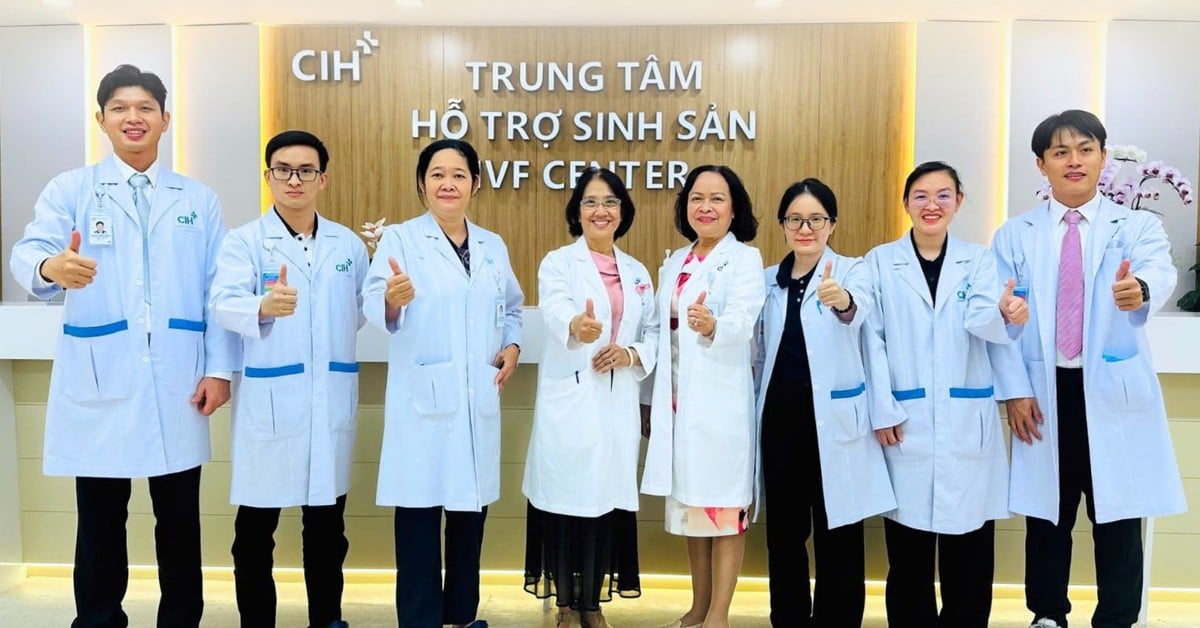
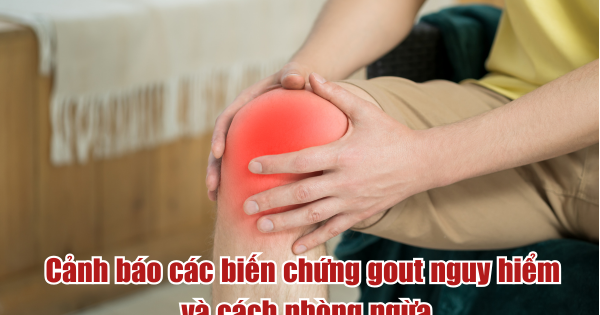






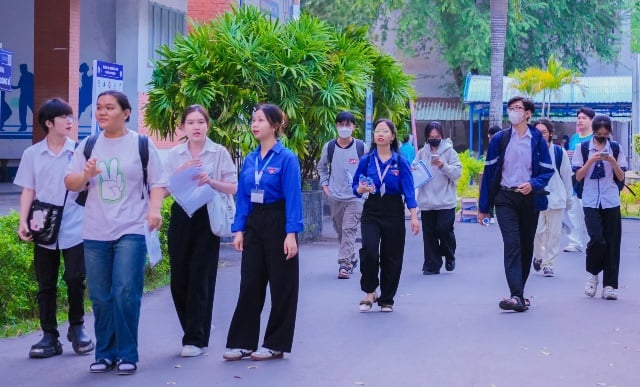









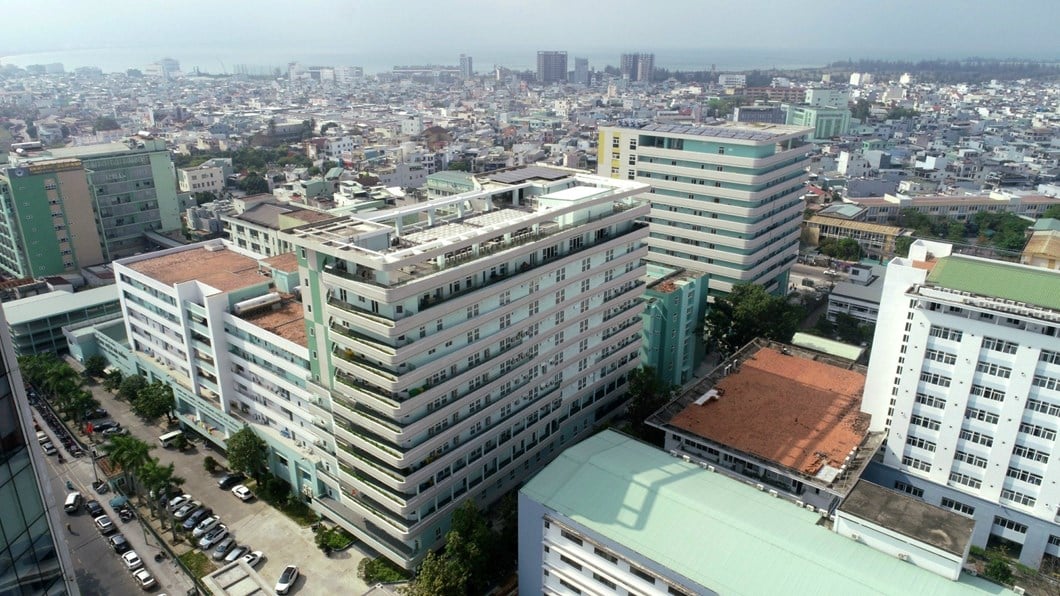













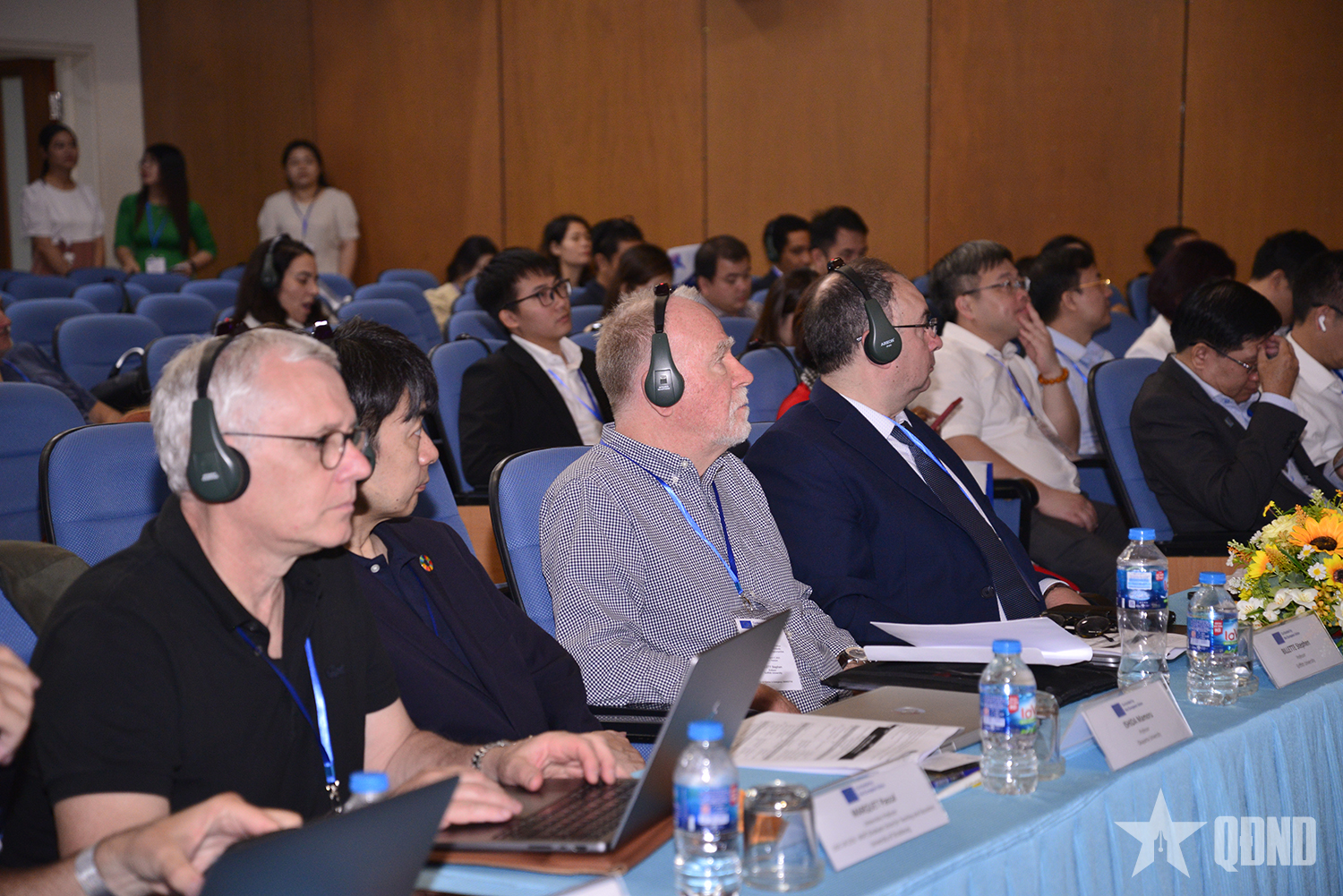




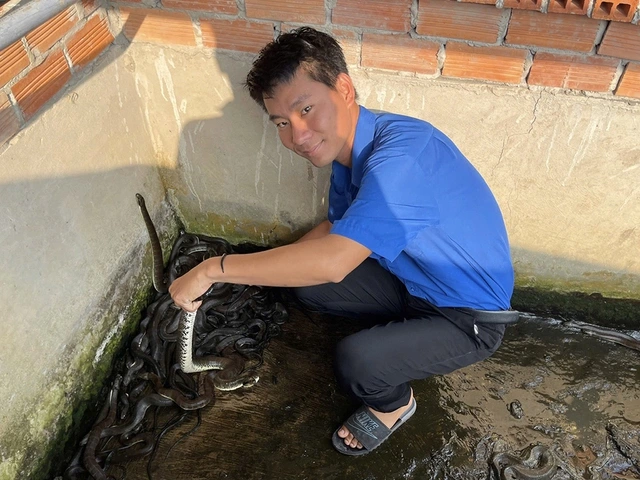














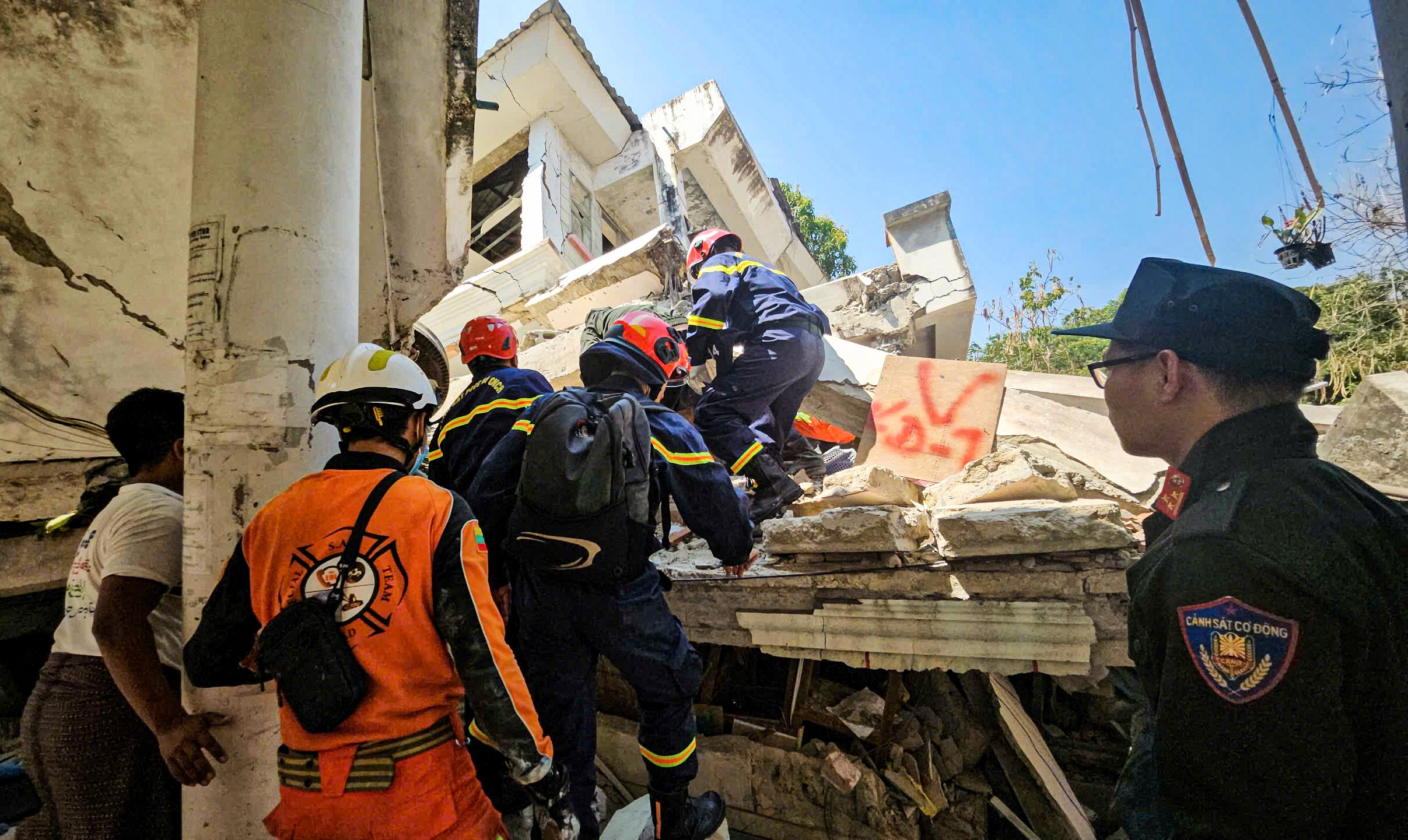




















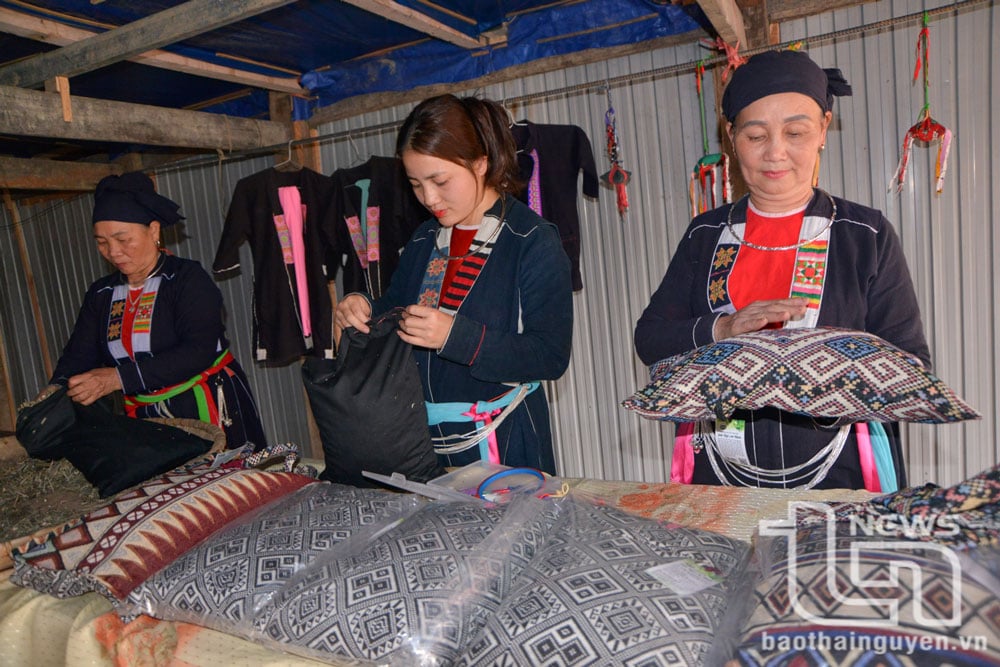







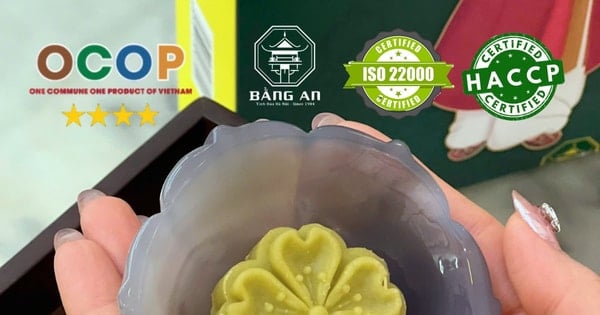

![[REVIEW OCOP] An Lanh Huong Vet Yen Cat](https://vstatic.vietnam.vn/vietnam/resource/IMAGE/2025/3/27/c25032328e9a47be9991d5be7c0cad8c)

Comment (0)